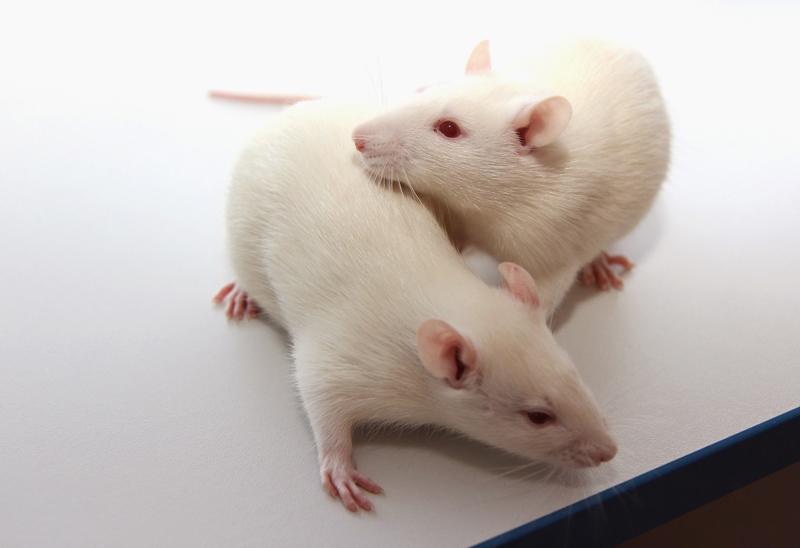Nowadays, up-to-date digital technologies, dummies and electronic simulations are widely used in human-centred medical education at Rīga Stradiņš University (RSU). However, it has not always been that way. Although experiments with animals are no longer part of the study process, the RSU Museum still retains these decades-old historical testimonies. The majority of them date back to the Soviet period, when moral principles in regard to the use of animals were less stringent.

Why was it necessary to use animals in medical education? Because one cannot learn everything from theoretical descriptions, dummies or the study of dead tissues and performing dissections (in the anatomical theatre). Experiments carried out on living organisms (in vivo) and the information learnt from this differs to experiments performed in a modelled environment (in vitro).
The situation in regard to the use of animals in Latvia changed dramatically in the mid-1990s when attention was increasingly focused on Western ethical values. The museum collection contains a letter of request addressed to the management of the academy filed by students in 1993. In the letter they explicitly request to stop conducting classes that involve experiments on animals. A number of publications in the newspaper Pulss (Pulse), issued by the academy testify to the growth of ethical awareness of society and a move towards humane principles. With Latvia's accession to the European Union a number of international conventions were ratified and implemented. Among them – 'On the use of animals in education and research.'
The exhibition will be open to visitors from 15 January to 28 March. It features written and photo testimonies about the use of animals in medical education and research, as well as anatomical preparations from the collections of the RSU Institute of Anatomy and Anthropology and the RSU Anatomy Museum.



